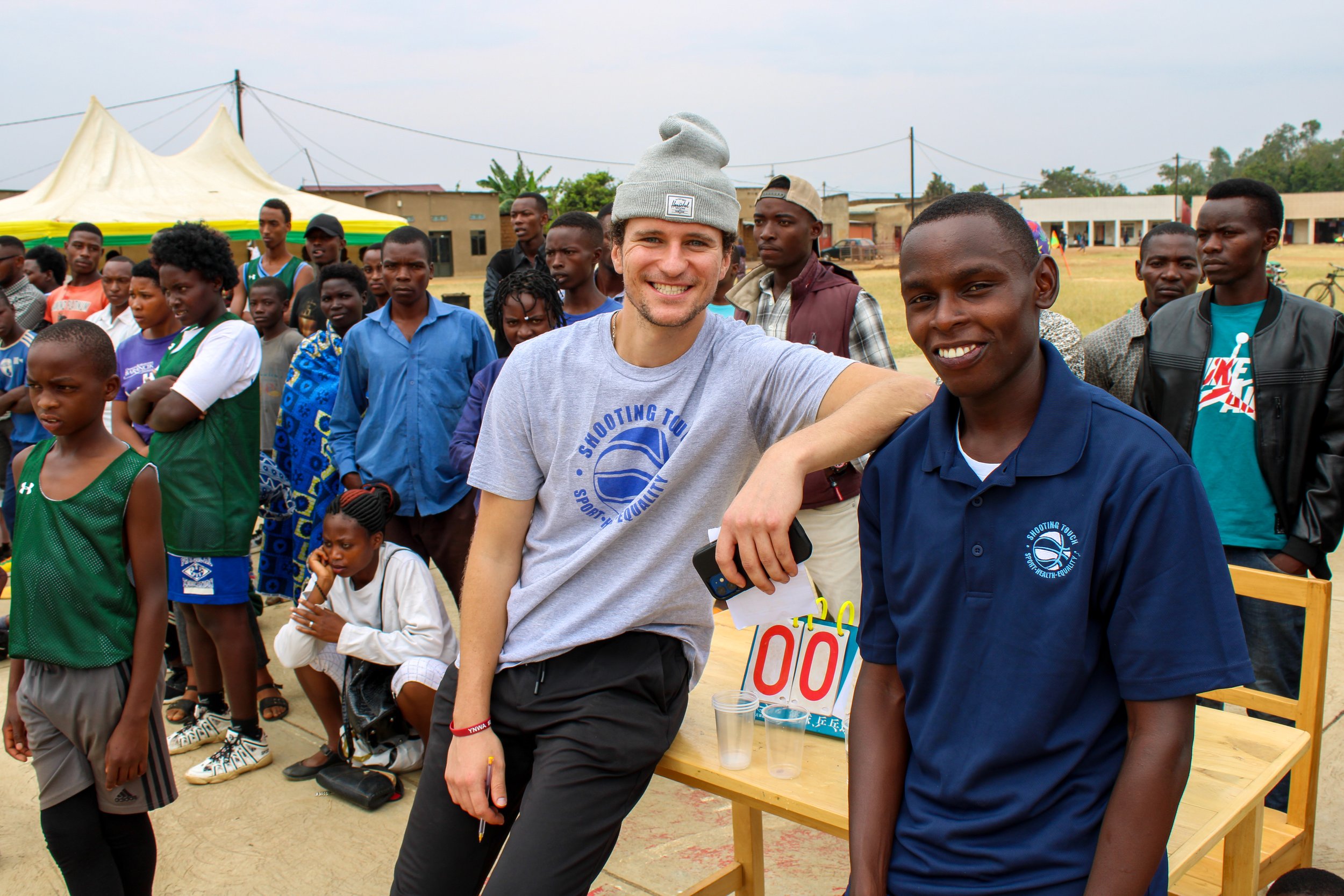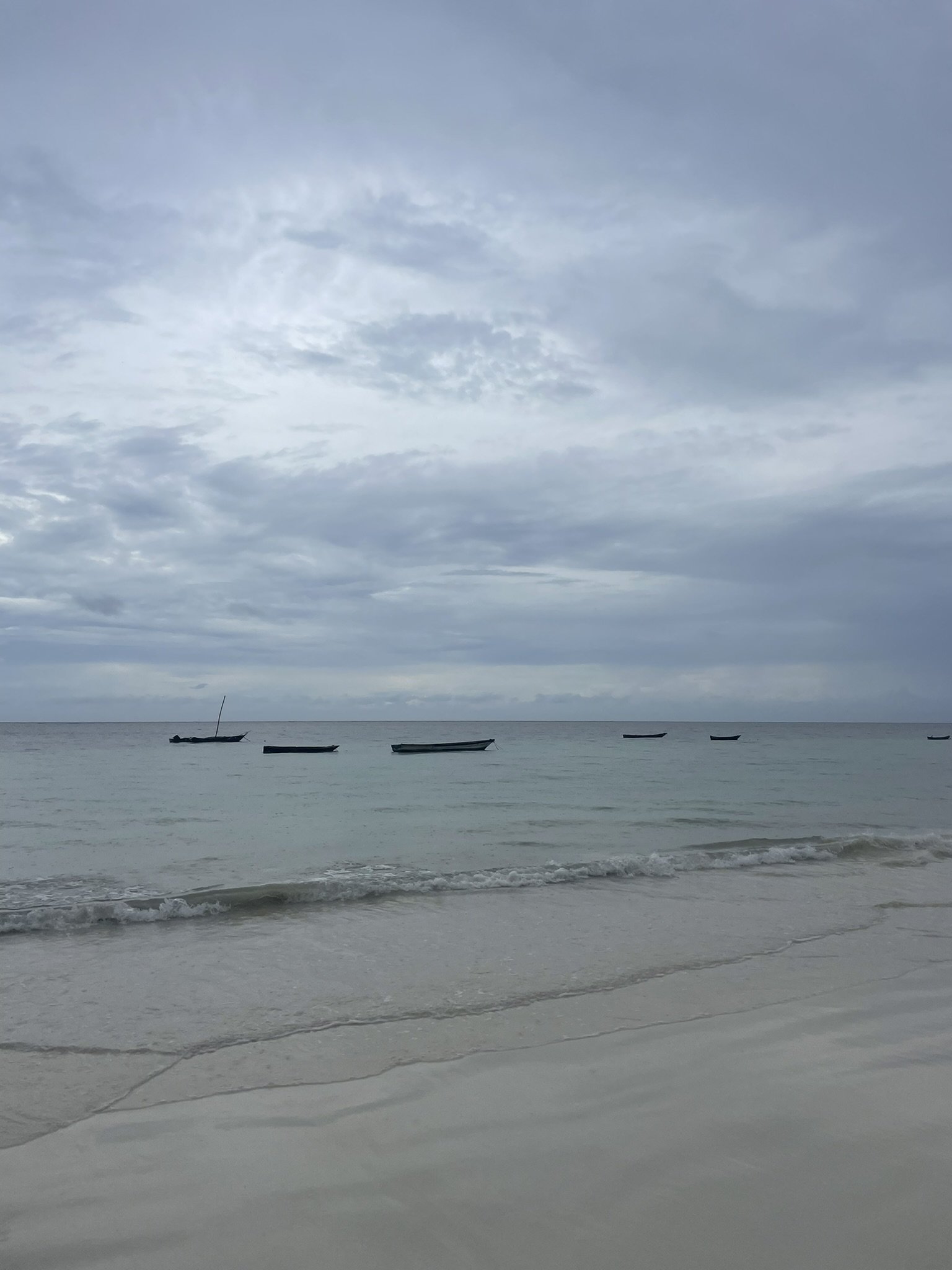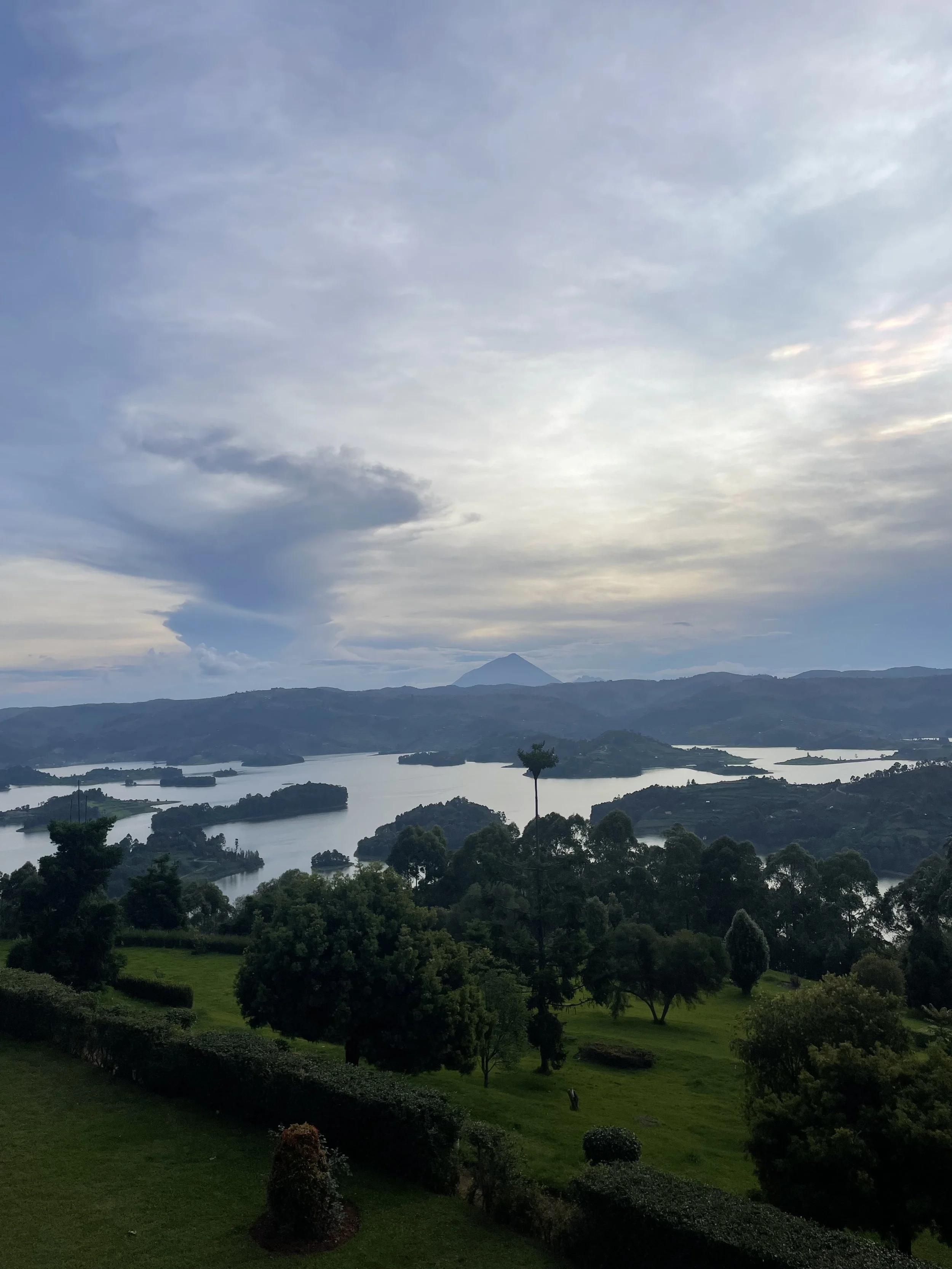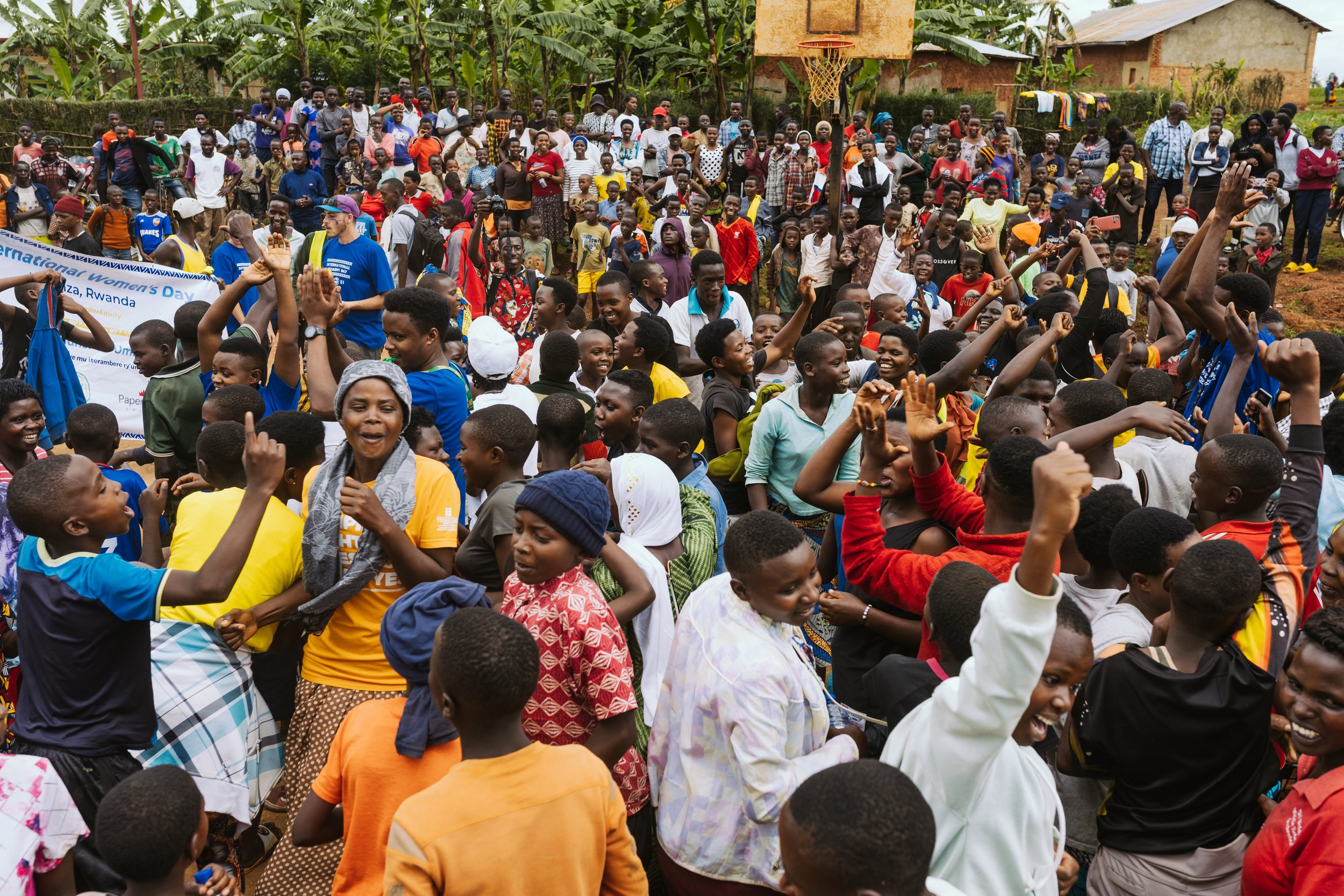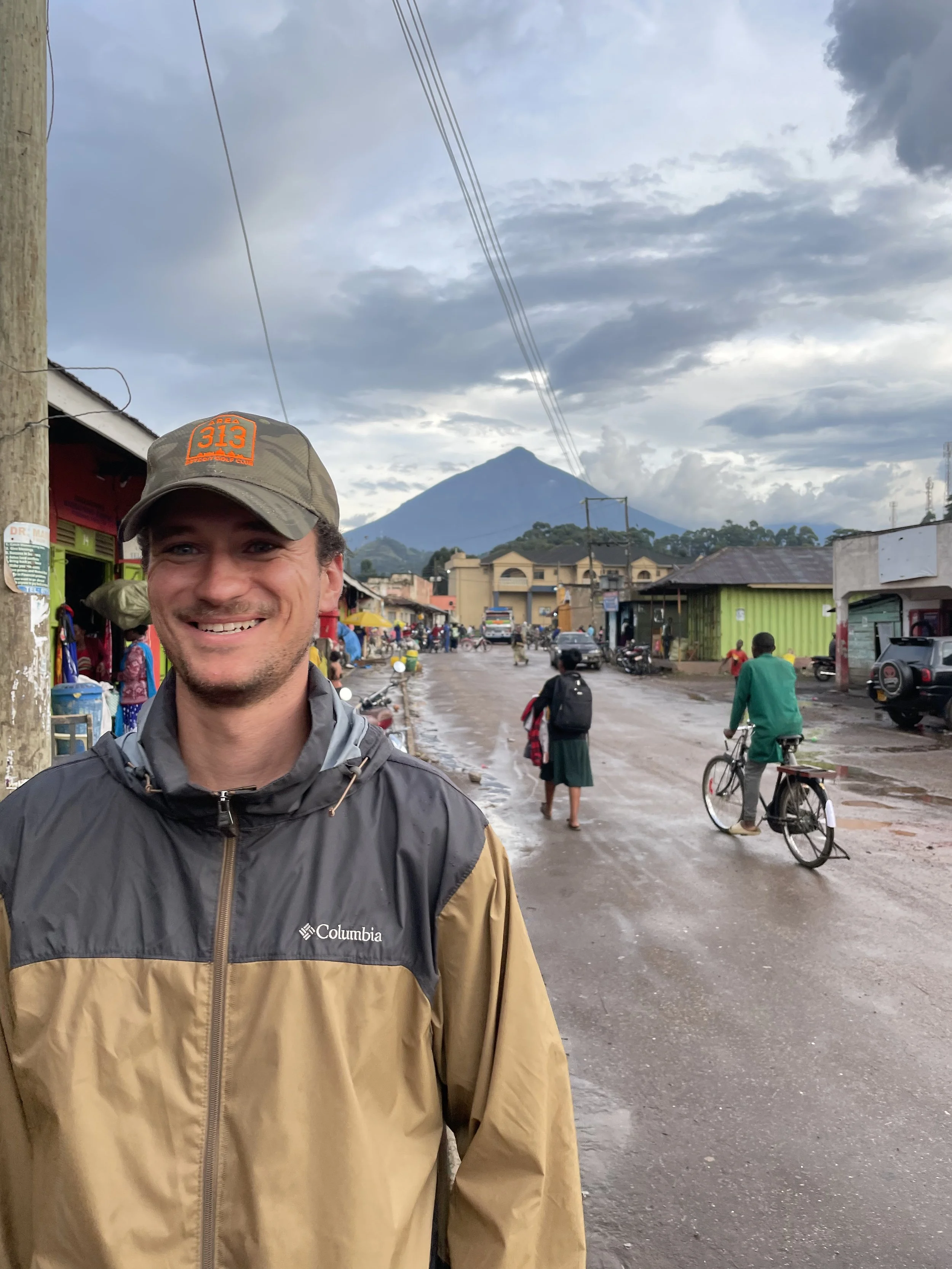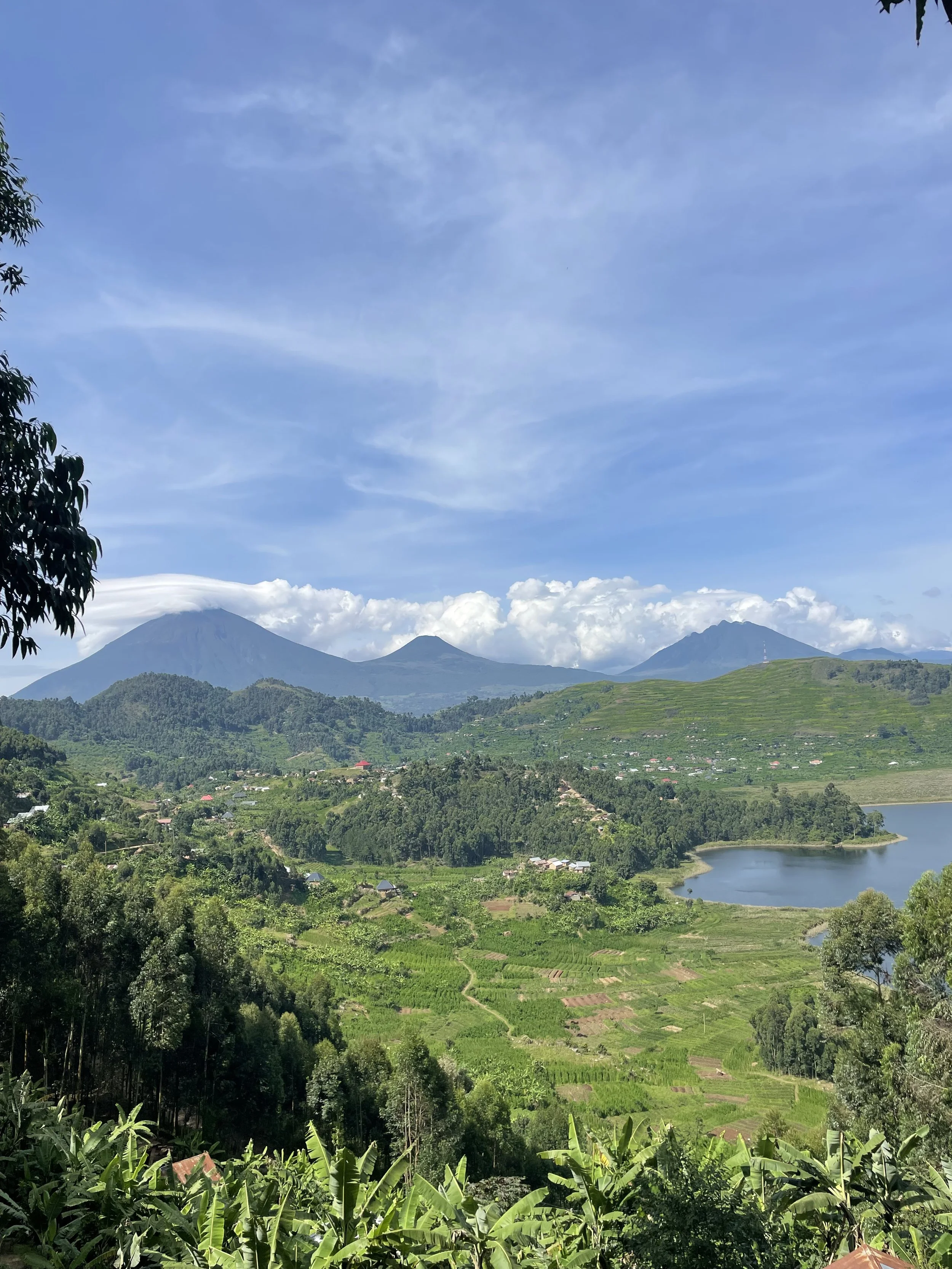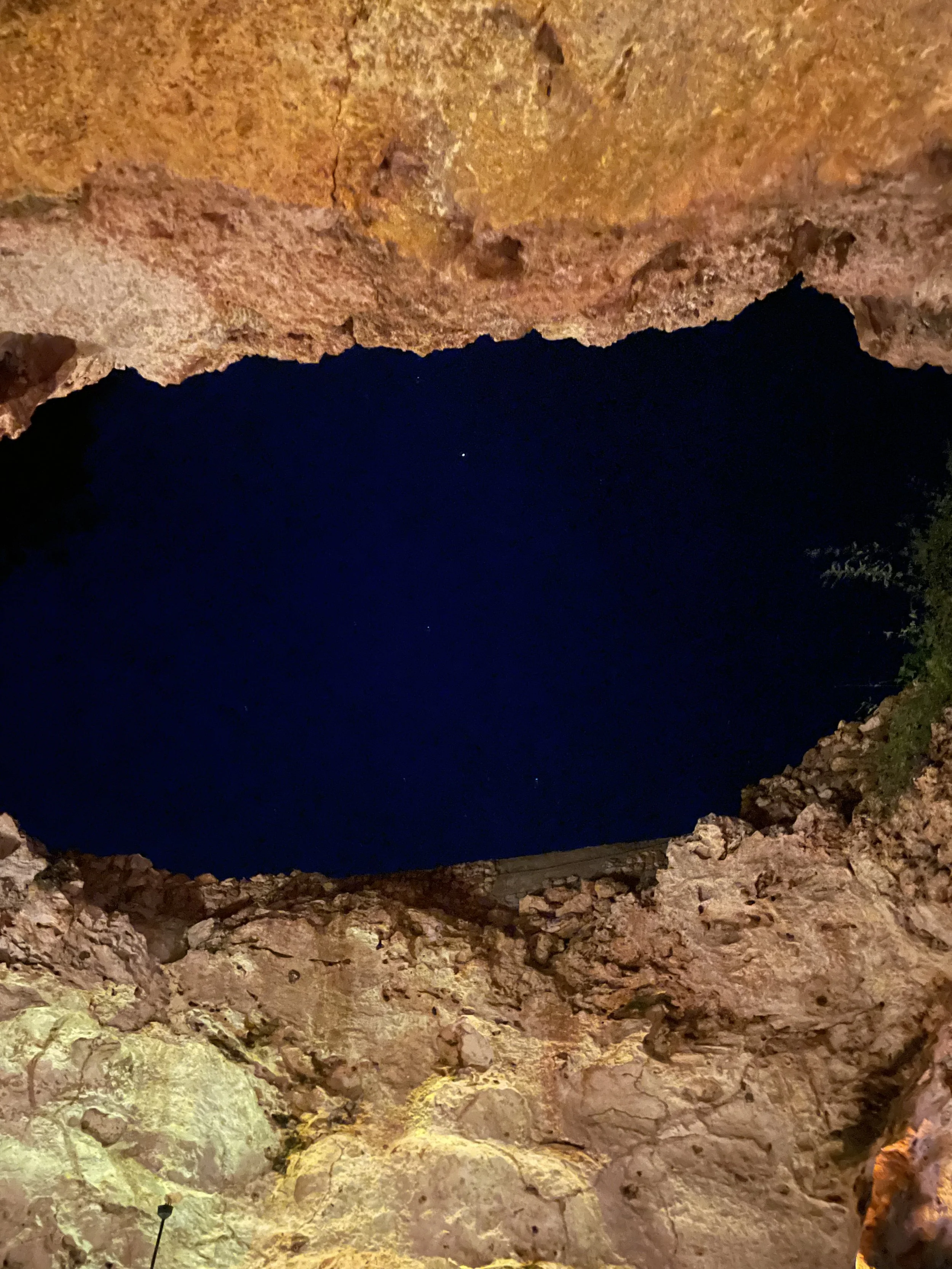Part I
A few months have gone by since I last wrote about my experiences in Rwanda. A lot has happened in that time, and I think you’ll notice in my writing that I’ve developed a different mindset and outlook compared to the guy who wrote the first two blogs. (Weirdly getting targeted with motivational quotes like crazy on Instagram reels. Potentially becoming a Stoic.)
Living in rural Rwanda has given me a lot of time to think about life and try to make sense of my current reality. Living in New York, for me, was easy. Go to work, put in my time. I had no real aspirations besides checking out the social scene and immersing myself in the lights and surrounding myself with noise. I had some great friends and there was never a shortage of things to do. Essentially, no real challenges. Studying in Barcelona was even more stress free than New York. I loved taking a break from the office and being back in school. I was using my brain again and challenging myself. Again, great friends, cheap beers, a beach - it was easy living.
I had an image about mission-oriented work in Africa and how that was going to play out. I would gain the field experience I needed to contribute to a larger organization back in Europe or the US. If I enjoyed it enough, I might even kick it in Africa for a bit longer and wedge out a more permanent life. The plan was simple in my mind. I would get down here, learn as much as I could about the people of Rwanda, observe the functions of an NGO, and contribute my talents and knowledge when I saw the opportunity.
My time in East Africa has had its ebbs and flows. Time on your own in a city like Barcelona or New York is nothing like time on your own in an isolated village in Rwanda. There was an adjustment period for me to understand that this is a great time to learn about myself, instead of trying to overanalyze work and get frustrated with the pace of life. I wanted to see the results right away. I wanted that feeling of satisfaction and empowerment that comes from field work, and although that happened for me early on, it wears off. Once you get settled, a routine develops, and the honeymoon phase wears down. In my head I was going to make a visible impact every day and be constantly learning, energized by the community around me. I never considered having to find energy and motivation from other parts of life.
One idea that has helped me adjust my mindset and reshape my expectations is that “the grass will grow greener where you water it.” I understood this as not trying to accomplish my big picture goals in one day - you can’t get everything you want in 24 hours. Instead, what has helped me is not neglecting the little things. Recognizing the beautiful, little moments and being engaged with them. For instance, my samosa guy, Faustine, has prime real estate in town and I can’t turn down his smile. He’s been popping a free one in every other order because he probably feels bad about how much I’m spending at his shop. Or Francine. She’s unreal. Electric every time I walk in her shop for some eggs or noodles. Our conversation never goes beyond the basic greetings, but I want her at my wedding. I started out as Nate down here, but switched to Nathaniel (Nath-an-yell) to be more accommodating to the Francophone tongue. Now the women yell out my full name when I go to the local market on Friday, and I can’t get enough of it.
The guy writing about the first few months in Rwanda is a different guy than the one writing this piece. I was trying to find my place on a new team, in this completely new environment. I was thinking too much. Three things have helped me tremendously.
First off, I moved. The first several months, because of work events, I was constantly bussing back and forth between couches and Airbnb’s in Kigali, to our Shooting Touch home in Rwinkwavu, while in the back of my mind I knew I had to eventually move permanently to another village, called Mbyo. Rwinkwavu and the other villages where we hold programming in Kayonza District are great, but they are already established. The two courts in Bugesera that I have been tasked with supervising are Shooting Touch’s newest, and have smaller programming that needed an injection of new strategies for community mobilization. This offered a chance for creative ideas to flourish. Getting a house in Mbyo and being closely connected to these courts with untapped potential has allowed me to put my own stamp on Shooting Touch and create my own visible impact.
Secondly, what has helped me is the notion of seeing the grandeur in the mundane. Living in Mbyo is slow. A switch up from the aforementioned cities where you can walk out of your apartment with no agenda and be gone all day, going on random adventures, eating incredible food, and sharing stories with complete strangers. A free Saturday over here in the village means reading for a bit, trying to watch something on Netflix, but the internet is unreliable, so back to reading (I will easily break my reading record, which I’m stoked about). It’s difficult to articulate what it’s like to spend days alone, but I’ve certainly adjusted to the quiet and become more productive with my free time.
The last piece that’s helped me adjust to life down here is the frequent Shooting Touch events, and occupying extended free time with travel. Since we last spoke, I’ve tasted Rolexes in Uganda, snorkeled in the Indian Ocean off the coast of Kenya, and camped with monkeys in Nyungwe National Park in the Southern Province of Rwanda. Mixed in there we’ve had a handful of amazing community programs, including our largest event for International Women’s Day. It’s been a wild couple of months (hence the delay in the updates).
Part II
As an employee at Shooting Touch, the arrival of March is palpable - it means International Women’s Day (IWD), the organization’s largest event, is on the horizon. The facts are only able to provide a snapshot of the day’s reality: a 5 kilometer march with over 1,000 community members, a basketball tournament between 4 villages, and free health testing for over 400 people. I had seen photos and videos from the previous years, documenting the scale of joy and community mobilization, but the day, start to finish, was beyond what I could have imagined. Hours of dancing, singing, laughter, intense competition, health testing, and awkward sunburns all made possible because of basketball.
A trip to Lake Bunyonyi in Uganda a few weeks later was a nice breather, to say the least. A sort of checkpoint in the Rwanda Fellowship. It was my first trip after working almost exclusively 6-day weeks for multiple months, and so I was ready for new scenery, some reading by the lake, and I was stoked to collect another stamp on the passport. Seven of us took the road trip through the Northern Province of Rwanda into Southern Uganda to Lake Bunyonyi. If you’re not familiar with the landscape of Rwanda, that route takes you through Musanze and Northwest Rwanda, a stunning drive with Volcanoes National Park painted in the background. Prior to this road trip, I had only spent time in Kigali and Rwanda’s Eastern Province, which is known for its banana trees and being flat, relative to the rest of the country. We stayed our first night in Uganda in Kisoro, an actual town not far from Lake Bunyonyi. I say actual town because Rwanda has Kigali, and then village centers throughout the country, no other real towns, so that was an immediate, obvious difference.
We spent our time in Uganda just hanging, as anticipated. We went on a beautiful hike through the hills in Kisoro, ending at a tucked away dock where we could swim and relax. Lake Bunyonyi offered more time to wind down by the water, a boat trip to the interior islands, and some classic nights playing cards and sipping on Waragi with the crew. The Rolexes (chapati with egg and tomato) were maybe a little salty, and the speedbumps are the most annoying aspect of the country, but I thoroughly enjoyed Uganda overall. Need to get back and explore Kampala and the surrounding areas.
April is relatively quiet as far as events and other Shooting Touch programming, so me and the other Fellow, Laine, ripped over to the Kenyan coast for a long weekend of sunshine, white sand beaches, and Swahili immersion. One way to get to the coast from the Nairobi airport to Mombasa is by train, which travels right along Tsavo National Park. The 5.5-hour journey felt like nothing as we were rewarded with seeing dozens of elephants, zebras, and giraffes from our window seats. We were sitting next to a woman and her little grandchildren, who were absolutely losing their minds every time a new animal appeared.
Being tied to a Fellowship budget has its limitations, so Laine and I stayed at a classic hostel spot, Diani Backpackers, on Diani Beach. I wasn’t necessarily thrilled about the idea of being back in a hostel at my age, but the experience ended up being great for us as we knew nothing about the area, and we were fortunate to meet some people who were familiar with local favorites and hidden gems. The food is what sticks with me about that trip. Swahili staples for pennies. I wanted to pay more. Coconut rice, chicken stew, biryani, taffy fish, and the best calamari I’ve ever had, no doubt. We ate dinner in a cave one night, where the walls are rock, but the roof is removed to give way to the stars, like you’re in a stadium with a retractable covering. Other than our one upscale experience, we were eating at unassuming, hole-in-the-wall spots. No “A” ratings for NYC people.
It ended up being overcast and rained for pretty much our entire time in Kenya, and although we didn’t get the tanned glow we desired, Laine and I made the best of it. Riding around in tuk-tuks, hung out at a classic local nightclub one evening, and even got to explore Mombasa for a day. It was also down season, so many of the hotels and resorts were closed on the beach, which made it more relaxing and less touristy. The white sand beaches are stunning, but I can imagine it’s too hectic and overcrowded during peak season. Having said all of this, the most memorable part of our trip was the snorkeling excursion we took.
Our other coworker, Sam, described to us this incredible boat trip he had done a few years ago when he went to Diani. Snorkeling in clear blue waters. A lunch in the sunshine with the best fish he has ever had. It was a no brainer, sign us up. The morning of our trip arrives, and Laine and I pile into the car as we need to travel more than an hour to the boat. Thunderstorming the whole car ride. Laine is on the phone with one of the crew members, who assured us it would stop. Next thing you know, we’re on a boat with 20 other people, getting beat up by waves as the rain continues to fall, slowly making our way towards the designated snorkeling area. The skies were completely gray, and it was nearly impossible to see anything below us in the water. There was still an ominous, obscure beauty to swimming in the Indian Ocean in inclement weather.
I’ll spare you some details, but the boat ride to lunch - which was supposed to take around 30 minutes - took us 2 hours and was a tough journey for the lads on board. There were kids with heads in buckets and a collection of distressed faces as we continued to get beaten by waves below and the rain above. Long story short, there was no sunshine, I didn’t see any cool aquatic life, and I was wet for a full day – but it was still some of the best fish I’ve ever had.




